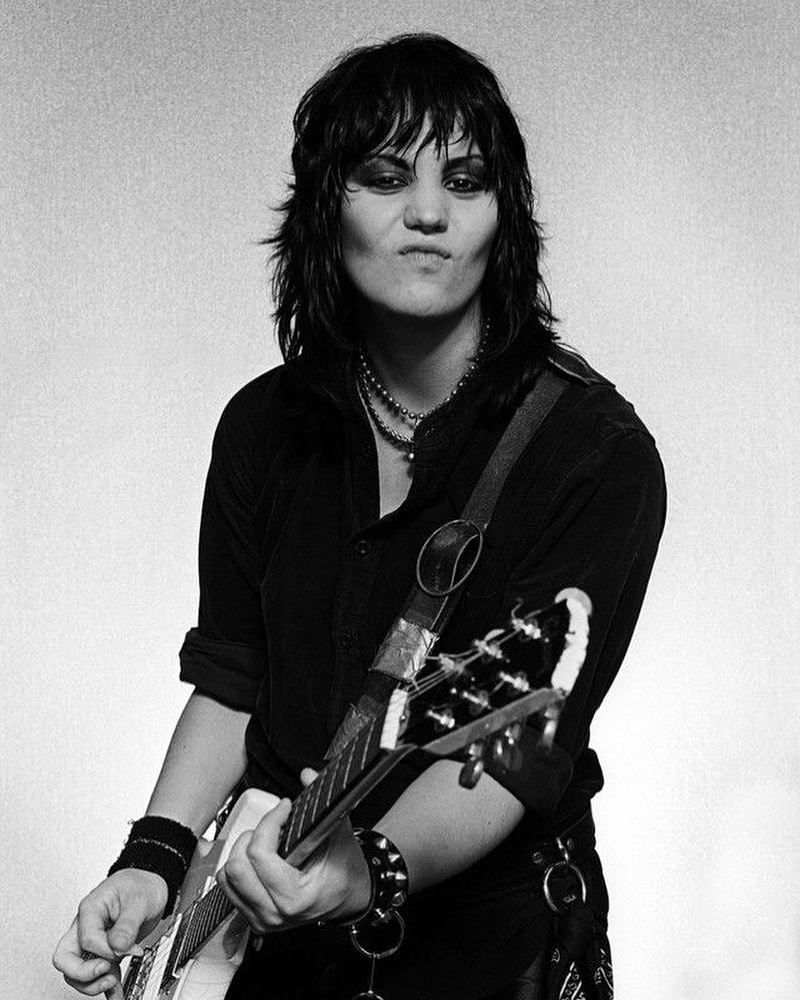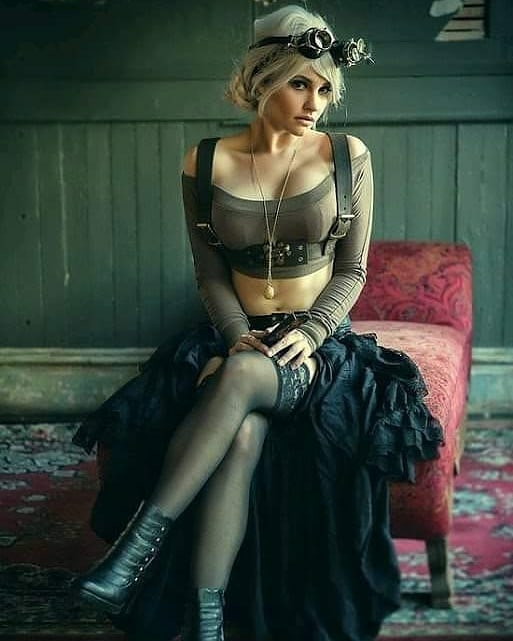From Goth to Punk: Has Subculture Changed the Way We Dress?
Subcultures have continued to influence goth and punk styles throughout multiple generations. The origins of each fashion subculture have influenced everything from outfits and jewelry to makeup and hairstyles. It is these subcultures that have shown the new generation of teens and young adults the staples of each style and how it has influenced the way they dress. In learning how subcultures impact today’s fashion, it is vital to review fashion from goth to punk and understand why these subcultures continue to thrive.

The 1970s Punk Revolution
It was the 1970s where punk styles got their origins. The days of Sid and Nancy and popular icons, such as Glen Danzig of the Misfits started a new movement in fashion, jewelry, and individual styles. It is these origins that paved the way for elegant jewelry styles sold in mass quantities today and why Gothic cosmetics lines have achieved greater success in this century.

While the Sex Pistols and the Misfits generated a following of black-clad punks with wicked hairstyles, it was just the start of what was yet to come in fashion and individual styles. Their fashion sense brought back the appeal of leather, heavy makeup, and chains worn on boots. The punk revolution opened the door for the start of something truly goth. To explore the transition from punk to goth get help at adinasjewels.com now.
The Rise of Gothic Fashion
Despite what the average millennial will tell you, the goth fashion originated in the 1980s with the rise of bands such as Siouxie and the Banshees and the Cure. It is this style that continued the trend of wearing all black and adapting to the vampire smoky eye makeup routine and red lipstick. The subculture uses Gothic icons, such as Morticia and Wednesday Adams, who remain popular choices for Halloween costumes even today.

Goths the world over began wearing the ultimate fashion staple that remains prevailing in the fashion industry today: the choker. Goth styles feature a wide variety of elegant, tight-fitting choker necklaces. The necklaces feature everything from leather to velvet bases with pendants, including Victorian cameos to crosses and pentacles. The subculture featured Victorian dresses that are long and flowing with bustles and looms holding them outward. It was not until the release of the 1992 film Bram Stoker’s Dracula that the fashion industry finally took notice of how influential the goth subculture had become.
Goth women continue to wear lace gloves and carry black parasols. Granny and button boots have become a staple of the wardrobes. Goth men wear elegant and extravagant suits with pocket watches popular in the days of Dracula.
In today’s society, individuals who love goth and heavy metal music wear goth fashions, but those who live the goth subculture in their everyday life offer more dramatic styles. In 2020, the Gothic styles, although far more progressive, have become a part of personal identity where more individuals are identifying themselves as vampires, witches, and Victorians.
Are You Emo Enough?
In the late 1990s, after the grunge days of Nirvana, a new subculture emerged with a hint of Gothic styles. The emo subculture went a step beyond being goth and worn its emotions through a personal style choice. The subculture follows bands, such as Motionless in White. It is in the styles that more individuals continue the trend of wearing all black clothing, but emo styles have also included unnatural hair colors, a growing desire for facial piercings, and band shirts. Emos fashion transformed the more traditional Gothic styles into a lighter look.

Emo fashions included the rise of the skinny jean, Chucks, and shorter side bangs. The vibrant colors of the emotional fashion icons made a more modern style out of both goth and punk for today’s teenagers. Emos were the next generation of Gothic styles that were no longer traditional Victorian but included new fashion styles.
Why is Everyone Steampunk Again?
In the 1970s, another subculture began to emerge called cyberpunk. It was a more science fiction based style worn often by the late David Bowie. Cyberpunk influenced a wider audience and paved the way for profound and intriguing fashions.

In the 1990s, the start of a new subculture called steampunk emerged adding industrial styles to classic punk and Gothic fashions. Linda Perry of Four Non-Blondes emulated the steampunk style in the band’s What’s Up music video. Steampunk is a newer spin on Gothic fashions, and it intertwines goth and punk by creating something much more intriguing.
Instead of carrying black parasols, steampunk women wear flowing dresses and skirts with corsets and skirt suspenders. The styles are sexier and more provocative than traditional Gothic styles. Suspenders connect to the front of the skirts to lift the layers and reveal stockings and thigh-high wool socks and garters. Women are wearing top hats with goggles, too. A hint of the fashion trends appear in Resident Evil movies and worn by Alice herself.
Is Goth for Everyone?
With new Adams family movie releases, the popularity of Gothic subcultures continues to rise. In today’s society, it has become more socially acceptable to do Gothic Victorian styles, and people from all walks of life and social status have grown fascinated with the fashion style. Clothing stores have opened throughout the world selling Gothic styles. Makeup lines, such as Kat Von D, have turned into billion-dollar industries because of the great love of the fashion subculture and the rise for workplace acceptability of tattoos and piercings.

Today, Gothic styles continue to feature black and monochrome clothing and more extravagant styles. It isn’t a subculture that will fade into that goodnight soon. The fashion style began in the 1980s and continues to thrive with new clothing lines emerging every day. As the popularity of the subculture rises, it is likely that more progressive spinoffs are likely to emerge, and new generations’ influences will bring new and unique fashion styles. A new generation will take over the reins and find a new way to influence what you wear.






